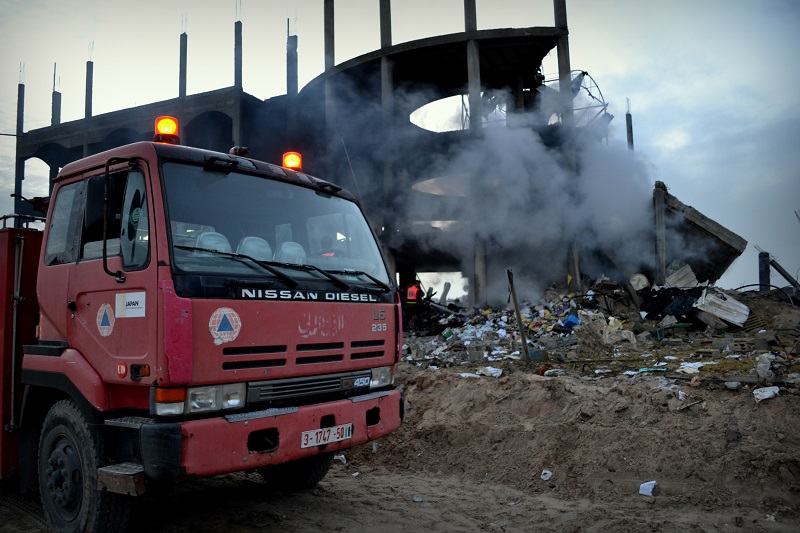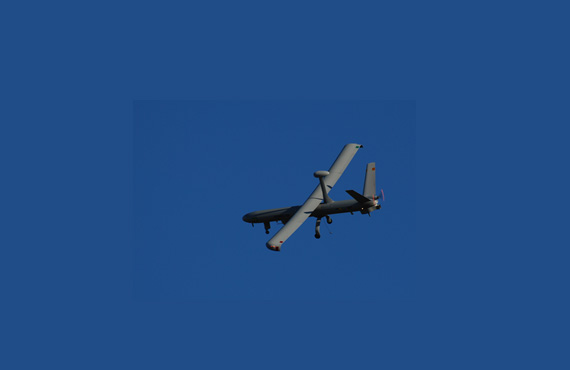Tag: Buffer Zone
-
Video and photos: Israeli bullets and tear gas target popular resistance in Gaza
25th February 2014 | International Solidarity Movement, Charlie Andreasson | Gaza, Occupied Palestine (Video by Marco Varasio) At al-Shifa hospital Mohammed Helles, age 14, is laying in a coma with an uncertain outcome after he was shot, with what appeared, to be a tear-gas canister in the head and parts of it penetrated his brain. He had…
-
Gaza: Life beneath the drones
25th January 2014 | Corporate Watch, Tom Anderson and Therezia Cooper | Gaza, Occupied Palestine In the Gaza Strip there is no escape from Israel’s drones. Nicknameed ‘zenana’by Palestinians because of their noisy buzzing, the drones (remote control aircraft) are omnipresent. Sometimes they are there to carry out an extra judicial killing and sometimes they are there…



